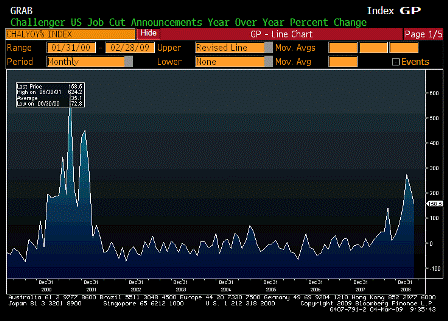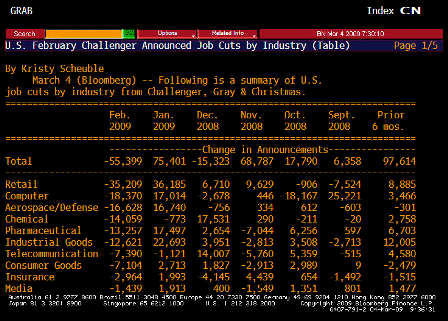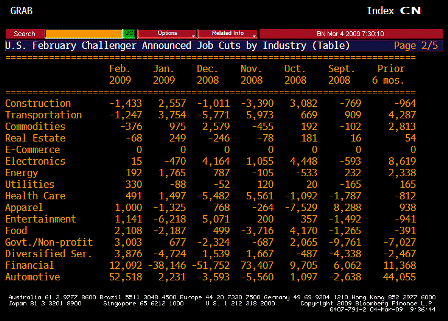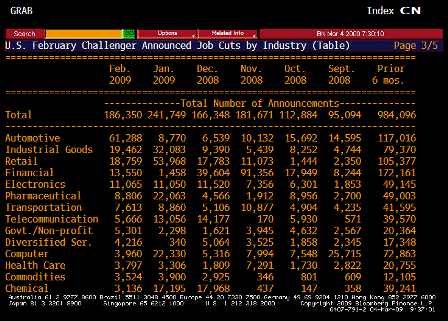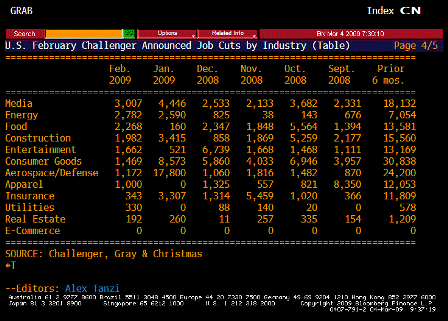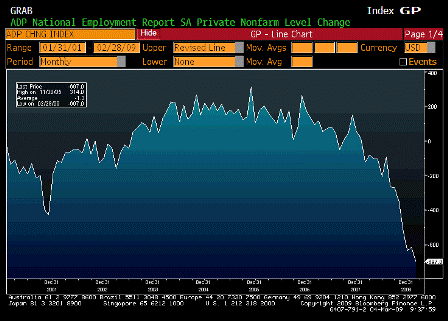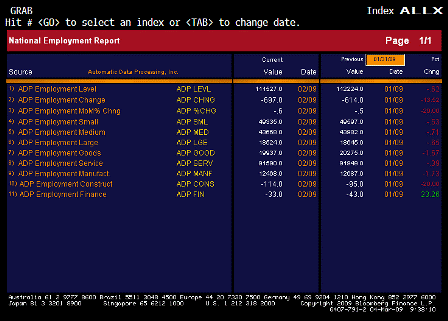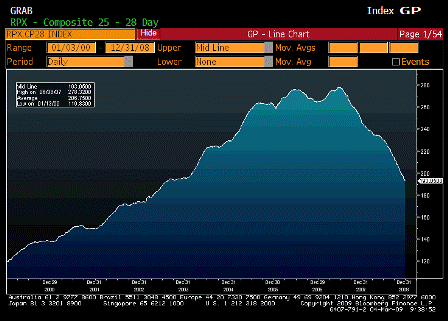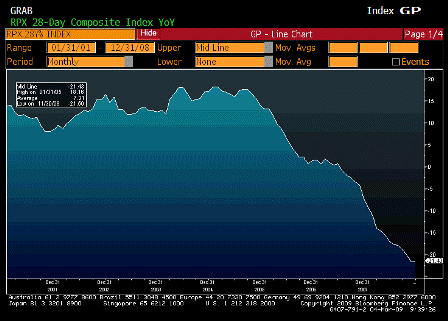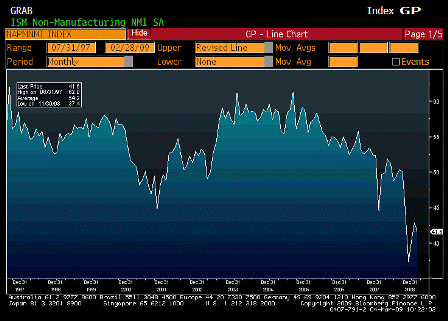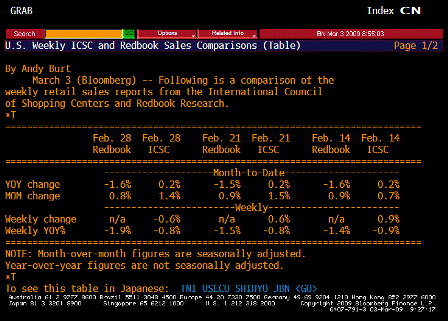[Skip to the end]
Yes, which is interesting as the banks are the Fed’s ‘designated agents’ for lending.
Seems they could figure out how to continue to use them for that purpose, rather than set up a form of an in house shadow infrastructure to do the same thing.
They are in this way over their heads.
>
> The Fed’s now trying to bypass the banks and lend directly to the market via third party > mediums.
>
>
> On Tue, Mar 3 at 11:30 AM, Mauer wrote:
>
> This language below was in the last version of TALF also but it sends a big message.
>
> ”Can a newly formed investment fund borrow from the TALF?”
> ”Yes, so long as it satisfies all the eligible borrower requirements set forth above.”
>
> By the way, in Shiller’s new book, Animal Spirits he specifically talks about TALF and says > that it is a very important part of the recovery program.
>
Sad but true, though I would say fiscal balance can always do the trick.
And the Fed has failed to utilize its member banks for that public purpose.
>
> He seems to think that it is incrementally more important than other programs if you think
> about how much space he devotes to discussing it.
>
> I read part of Koo’s book last night.
>
> He really gives fiscal policy a big push. Says that Romer, Friedman and Terin are off base
> because they don’t give fiscal policy enough credit.
>
Agreed!
>
> His charts as to the level of recovery and the tax revenues that the fiscal stimulus created
> are very important.
>
> He should have been consulted by the administration.
>
> He is a big fan of FDR’s stimulus and obviously doesn’t think much of those that caused
> FDR to cut deficit to zero in 1937.
>
> He charts indicate that the economy was well on road to recovery before start of war
> although you need to give lend lease credit for some of that.
>
> But that goes back to the fiscal stimulus again as opposed to monetary.
>
Yes, exactly.
>
> ”Problem here is that most of the borrowing demand – but not all- is likely to be distress
> debt demand as few households are likely to remain convinced they can maintain a deficit
> spending profile in this type of macro environment.”
>
> ”the Fed’s now trying to bypass the banks and lend directly to the market via third party
> mediums.”
>
The fed could set up a program for the banks to deal with that with appropriate fed guarantees and ‘profit caps’.
>
> On Tue, Mar 3, 2009 at 11:28 AM, Scott wrote:
>
> Like just having the Treasury buy conforming mortgages at 4%.
>
> Yes, WAY over their heads.
>
Exactly!
There are all kinds of creative ways to use the banking system to bring down rates and/or increase funding if that’s what they want to do.
>
> On Tue, Mar 3, 2009 at 11:58 AM, Pat wrote:
>
> So how does the FED get liquidity to investors if the banks and banking regulations require
> them not to lend given the current state of their balance sheets and capital.???
>
Change the regulations.
Use Fed guarantees that put the Fed in the same risk position they are currently in anyway.
>
> How do you use the current infrastructure without removing the regulatory constraints?
>
You alter the regulations which are always a work in progress.
>
> Simply put the banks don’t have the balance sheet available to lend at the levels they used
> to.
>
With Fed guarantees they don’t need balance sheet any more than the Fed does.
>
> We have seen estimates on repo balance sheet that has left the street or really just
> evaporated in excess of $3 trillion. The correlation between market cap (see below) and
> balance sheet is very high. So when 3+ trillion goes away from repo those securities
> bought using repo financing get sold/bought for cash (de-levered / liquidated).
>
Right. Repo only intermediates.
>
> The levered bid for securities disappears not to return w/o balance sheet support.
>
Right.
Banks are levered institutions and should all have unlimited unsecured lines with the fed, as i have been suggesting for a very long time.
>
> That levered bid was VERY LARGE particularly for MBS. The repo market is a very large
> CP conduit where money providers earn short term market rates financing portfolio
> manager’s long term positions and for a spread a broker dealer was the pipeline between
> the 2 entities. The pipeline is tiny now (see market cap graph below) and cannot meet
> the liquidity needs of the larger market.
Right.
Banks can fill in the gap with appropriate Fed support.
Not that I would recommend filling all the gaps!
But in any case investors can buy bank CD’s and banks can invest in short term loans vs securities if the Fed so desires.
Problem is the Fed doesn’t know how to get from here to there.
[top]



